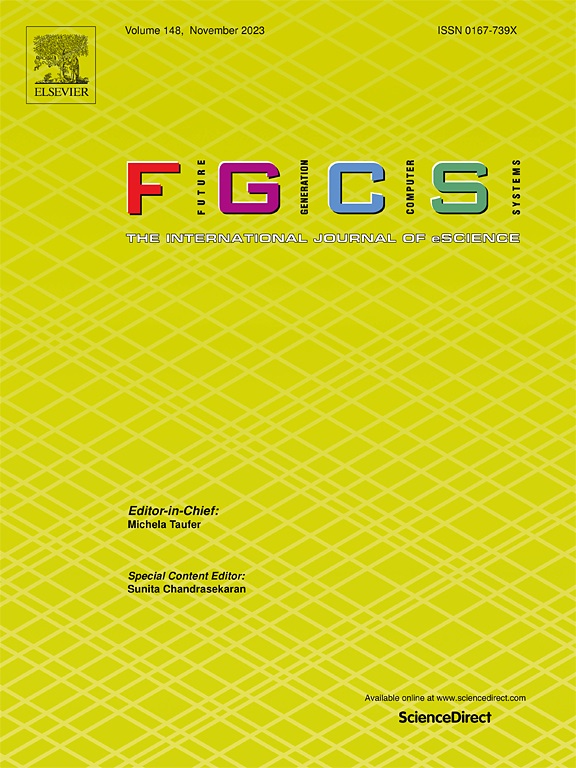A Web of Things approach for learning on the Edge–Cloud Continuum
IF 6.2
2区 计算机科学
Q1 COMPUTER SCIENCE, THEORY & METHODS
Future Generation Computer Systems-The International Journal of Escience
Pub Date : 2025-02-08
DOI:10.1016/j.future.2025.107736
引用次数: 0
Abstract
Internet of Things (IoT) devices provide constant, contextual data that can be leveraged to automatically reconfigure and optimize smart environments. Artificial Intelligence (AI) and deep learning techniques are tools of increasing importance for this, as Deep Reinforcement Learning (DRL) can provide a general solution to this problem. However, the heterogeneity of scenarios in which DRL models may be deployed is vast, making the design of universal plug-and-play models extremely difficult. Moreover, the real deployment of DRL models on the Edge, and in the IoT in particular, is limited by two factors: firstly, the computational complexity of the training procedure, and secondly, the need for a relatively long exploration phase, during which the agent proceeds by trial and error. A natural solution to both these issues is to use simulated environments by creating a Digital Twin (DT) of the environment, which can replicate physical entities in the digital domain, providing a standardized interface to the application layer. DTs allow for simulation and testing of models and services in a simulated environment, which may be hosted on more powerful Cloud servers without the need to exchange all the data generated by the real devices. In this paper, we present a novel architecture based on the emerging Web of Things (WoT) standard, which provides a DT of a smart environment and applies DRL techniques on real time data. We discuss the theoretical properties of DRL training using DTs, showcasing our system in an existing real deployment, comparing its performance with a legacy system. Our findings show that the implementation of a DT, specifically for DRL models, allows for faster convergence and finer tuning, as well as reducing the computational and communication demands on the Edge network. The use of multiple DTs with different complexities and data requirements can also help accelerate the training, progressing by steps.
求助全文
约1分钟内获得全文
求助全文
来源期刊
CiteScore
19.90
自引率
2.70%
发文量
376
审稿时长
10.6 months
期刊介绍:
Computing infrastructures and systems are constantly evolving, resulting in increasingly complex and collaborative scientific applications. To cope with these advancements, there is a growing need for collaborative tools that can effectively map, control, and execute these applications.
Furthermore, with the explosion of Big Data, there is a requirement for innovative methods and infrastructures to collect, analyze, and derive meaningful insights from the vast amount of data generated. This necessitates the integration of computational and storage capabilities, databases, sensors, and human collaboration.
Future Generation Computer Systems aims to pioneer advancements in distributed systems, collaborative environments, high-performance computing, and Big Data analytics. It strives to stay at the forefront of developments in grids, clouds, and the Internet of Things (IoT) to effectively address the challenges posed by these wide-area, fully distributed sensing and computing systems.

 求助内容:
求助内容: 应助结果提醒方式:
应助结果提醒方式:


